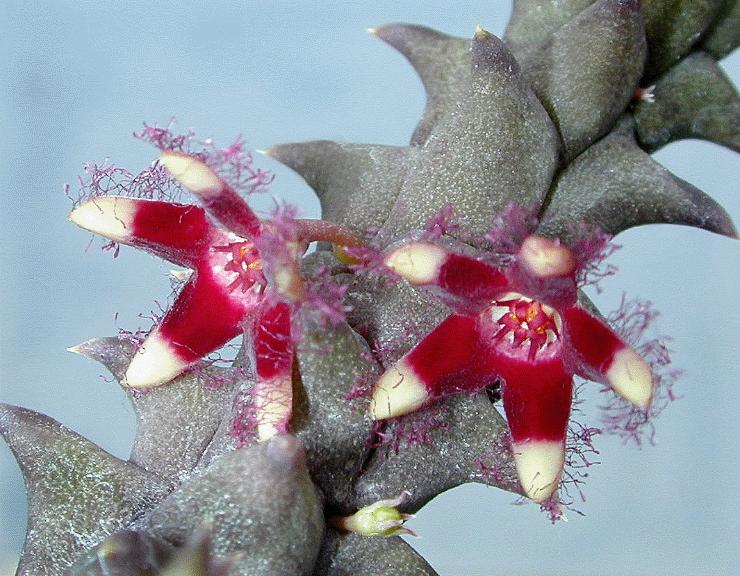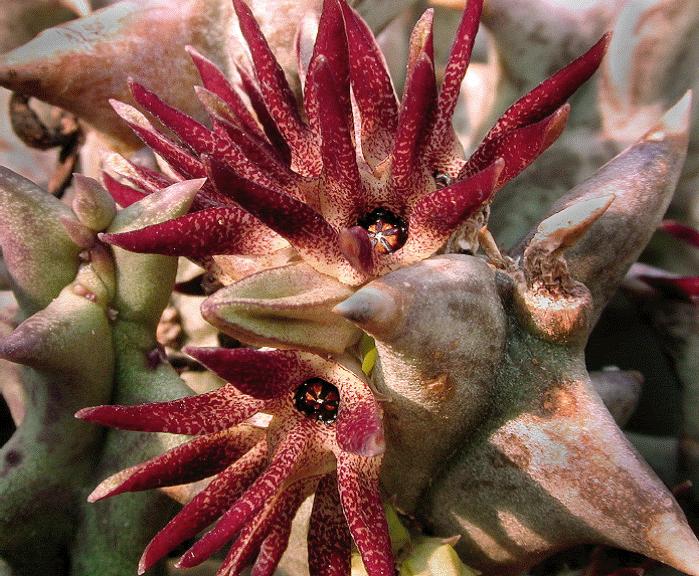


fleckii now Gonostemon flavopurpureus var. desmetiana now Gonostemon grandiflorus var. decaisneana now Pachycymbium decaisneanum cochinchinensis now Triplosperma cochinchinensis chrysostephana now Angolluma chrysostephana atrosanguinea now Piaranthus atrosanguineus

albipilosa now Tridentea marientalensis subsp. Now transferred to other genera (Angolluma, Brachystelma, Caralluma, Duvalia, Echidnopsis, Gonolobus, Gonostemon, Hoodia, Hoya, Huernia, Monolluma, Orbea, Orbeopsis, Pachycymbium, Piaranthus, Quaqua, Stapelianthus, Stisseria, Tromotriche, Tridentea, Triplosperma) They should be planted in well-drained compost as the stems are prone to rotting if kept moist for long.
QUAQUA INCARNATA FULL
Stapelia are good container plants and can grow well under full sun and light to moderate watering. They frequently lay eggs around the coronae of Stapelia flowers, convinced by the plants' deception.Ī handful of species are commonly cultivated as pot plants and are even used as rockery plants in countries where the climate permits. Such odours serve to attract various specialist pollinators including, in the case of carrion-scented blooms, blow flies of the dipteran family Calliphoridae. A notable exception is the sweetly scented Stapelia flavopurpurea. The hairy, oddly textured and coloured appearance of many Stapelia flowers has been claimed to resemble that of rotting meat, and this, coupled with their odour, has earned the most commonly grown members of the genus Stapelia the common name of carrion flowers. Most Stapelia flowers are visibly hairy and generate the odor of rotten flesh when they bloom. The flowers of certain species, most notably Stapelia gigantea, can reach 41 cm (16 inches) in diameter when fully open. Several Asian and Latin American species were formerly included but they have all now been transferred to other genera. Stapelia is a genus of low-growing, spineless, stem succulent plants, predominantly from South Africa with a few from other parts of Africa. World Plants: Synonymic Checklists of the Vascular Plants of the World In: Roskovh, Y., Abucay, L., Orrell, T., Nicolson, D., Bailly, N., Kirk, P., Bourgoin, T., DeWalt, R.E., Decock, W., De Wever, A., Nieukerken, E. The Board of Trustees of the Royal Botanic Gardens, Kew. Stapelia in World Checklist of Selected Plant Families. × Gonostapelia P.V.Heath, Calyx 1: 21 (1992)


 0 kommentar(er)
0 kommentar(er)
